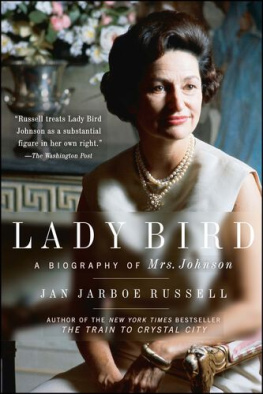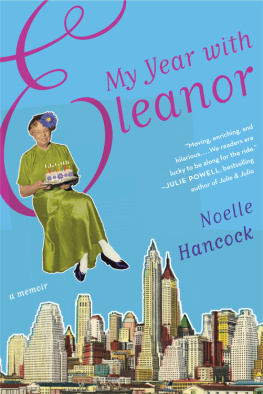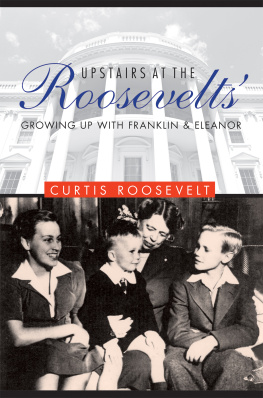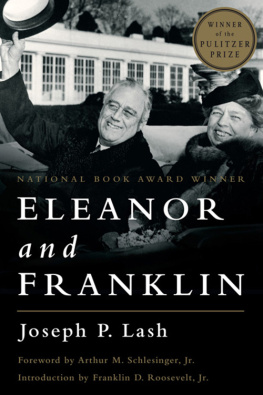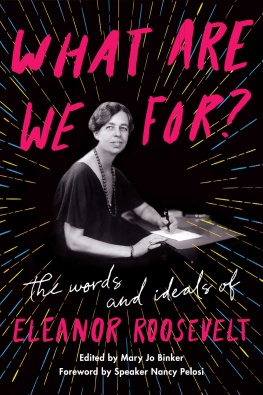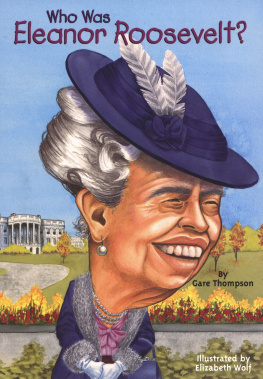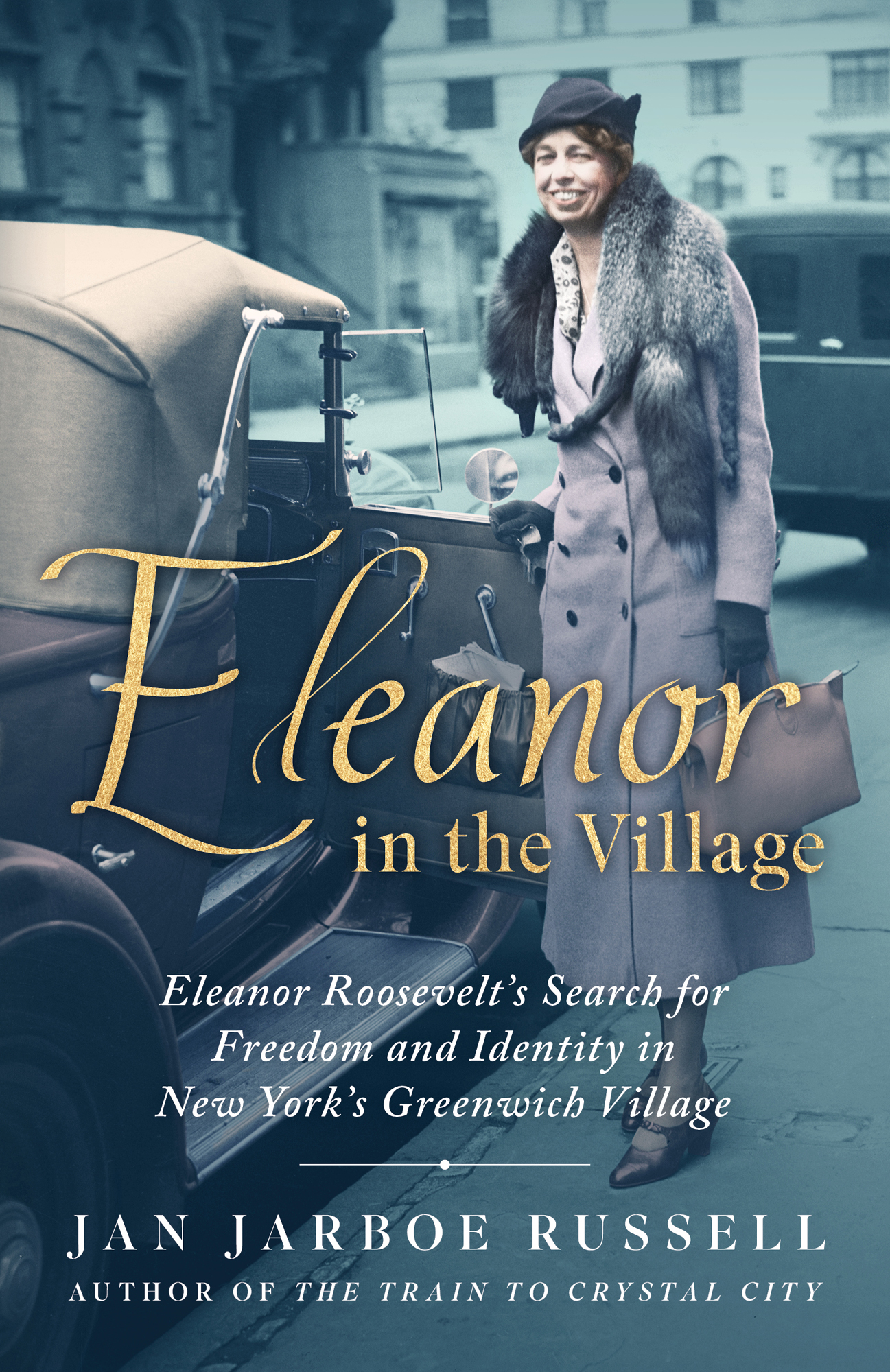
A view of iconic Washington Square Park in Greenwich Village

Scribner
An Imprint of Simon & Schuster, Inc.
1230 Avenue of the Americas
New York, NY 10020
www.SimonandSchuster.com
Copyright 2021 by Jan Jarboe Russell
All rights reserved, including the right to reproduce this book or portions thereof in any form whatsoever. For information, address Scribner Subsidiary Rights Department, 1230 Avenue of the Americas, New York, NY 10020.
First Scribner hardcover edition March 2021
SCRIBNER and design are registered trademarks of The Gale Group, Inc., used under license by Simon & Schuster, Inc., the publisher of this work.
For information about special discounts for bulk purchases, please contact Simon & Schuster Special Sales at 1-866-506-1949 or .
The Simon & Schuster Speakers Bureau can bring authors to your live event. For more information or to book an event, contact the Simon & Schuster Speakers Bureau at 1-866-248-3049 or visit our website at www.simonspeakers.com.
Jacket design by Math Monahan
Jacket photograph by bettmann/Contributor/Getty Images
Library of Congress Cataloging-in-Publication Data has been applied for.
ISBN 978-1-5011-9815-1
ISBN 978-1-5011-9817-5 (ebook)
PHOTO CREDITS frontispiece: Browning Photograph Collection, PR 009, New-York Historical Society, 60727; photo insert: () National Archives (195433).
This book is in memory of my mother, Laverne Jarboe, a gifted schoolteacher, who was proud of Eleanor Roosevelt. Like Mrs. Roosevelt, my mother had a great mind as well as creative energy. Eleanor served as a role model for my mother, as she did for so many women. My mothers three sisters, LaNece, Sharon, and Diane, also admired Eleanors life.
Despite all criticism, she had the courage to be herself and to do the things which seems right to her. As one Gloucester fisherman was heard to say: She aint dressed up, and she aint scared to talk!
Blanche Wiesen Cook, Eleanor Roosevelt, Volume I: The Early Years, 18841933
PROLOGUE The Gilded Age in New York City
The Vanderbilt grand costume ball, planned for Monday, March 26, 1883, was Manhattans most anticipated party of the year. The gala was to be thrown by Alva Vanderbilt, the wife of William Kissam Vanderbilt, known as Willie, who had been fortunate enough to be born the grandson of the railroad baron Cornelius Vanderbilt. Willie, about six feet tall, with dark hair carefully parted down the middle of his head, was well known for managing his familys railroad investments; as a man of wealth he also bred horses and later enjoyed motor racing.
Willie and Alva were determined to make their mark in New York society. Alva had attended boarding school in France and had a passion for all things Frenchthe language, architecture, tapestries, clothes, and jewelry. She wanted her home to resemble the largest, most chic mansions in France, and her costume ball to be a spectacle of excess that would amaze and impress the lucky twelve hundred colleagues and friends of the Vanderbilts who would receive invitations. Any New Yorker who was wealthy waited desperately in hopes of witnessing the lavish affair Alva would create.
At that moment in the Gilded Age, New York was known for the behaviors, customs, and density of its wealthiest citizens, most of whom preferred to live among similarly affluent folks. Indeed, many well-heeled New Yorkers had moved away from Manhattans waterlines along the Hudson and East Rivers, away from the busy docks and shipyards, which had become rough and dangerous. Alva Vanderbilt and the other wealthy women in New York were dogged about impressing upon others that their families were rich and therefore important. The greatest wealth of the city was now found in the townhouses, apartment buildings, and hotels concentrated within a wide swath of city blocks in the center of the island, running from Bowling Green Park at the southern end to Washington Square Park in the Village, then on up to Madison Park, and from there to Central Park and 57th Street, which glimmered in Thomas Edisons newly invented streetlights.
Meanwhile, on the Lower East Side, neighborhoods of poor immigrantsJews, Italian, Germans, and Chineselived packed in small apartments that often housed multiple extended family members. Families even rented out rooms to make ends meet. The immigrants brought their own cultures with them to New York and would in time form new communities intermingled in the melting pot. Many of the working class gathered on the Bowery after work, where a dime could buy distraction in a bar or some other convivial venue. The Age may have been Gilded, but a great disparity endured between the few rich and the many, many desperately poor.
Yet even Alva Vanderbilt, as wealthy as she was, had her share of what she might consider a struggle to move up in the world. When Mrs. Vanderbilt decided to throw a ball at her home, she took direct aim at the older Mrs. Caroline Astor, who then dominated the social scene in New York. Mrs. Astor and her social secretary, Ward McAllister, had in earlier years created a list of four hundred of the wealthiest people in New York, called The Four Hundred, the only ones acceptable in fashionable society. On Mrs. Astors list were prominent businessmen, politicians, society matrons, people who were born with fortunesunlike the Vanderbilts, who had earned their wealth with the railroads, and were thus considered nouveau riche and therefore inappropriate guests for any celebration of Mrs. Astors.
The Astors massive fortune derived from generations of Astors, including William Backhouse Astor Sr., and was passed down and expanded by his two sons, John Jacob Astor III and William Backhouse Astor Jr., Caroline Astors husband. Their estimated net worth was well over $100 billion in 2019 dollars. Even so, William Backhouse Astor Sr. regretted the bargains he had missed in real estate. When a reporter asked him why, the senior Mr. Astor said, Could I begin life again, knowing what I now know, and had the money to invest, I would buy every foot of land on the Island of Manhattan. Given the Astor fortune and the fact that the Vanderbilts were not on the list of the privileged four hundred, Mrs. Astor felt that Alva and Willies costume ball was well beneath her and had no interest in attending.
Her daughter Carrie felt differently, though. She begged to attend the party, because she didnt want to be left out from her friends. There was a problem, howeverMrs. Astor had not received an invitation, because she and her daughter had never properly called on Mrs. Vanderbilt, which amounted to a major faux pas in the upper echelons of Gilded Age society. Now, despite Mrs. Astors view that Mrs. Vanderbilt was made of new money, Mrs. Astor recognized that Mrs. Vanderbilt was a social force to be reckoned with. When Mrs. Astor swallowed her pride and dropped her visiting card at Mrs. Vanderbilts home, she received an invitation to the ball the next day.

